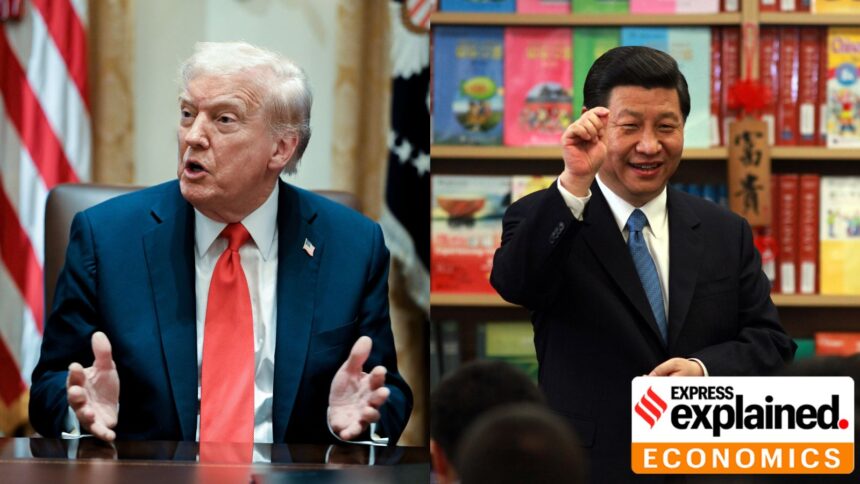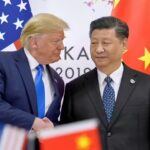In an escalating confrontation between the United States and China, former President Donald Trump has announced a controversial plan to impose 100% tariffs on a wide range of Chinese goods. This bold move comes in response to China’s recent imposition of export restrictions on rare earth materials, which are crucial for various high-tech industries, including electronics, renewable energy, and defense.
The prospect of such tariffs has raised alarms among industry experts and economists, who worry about the potential for a new trade war. Rare earth elements are not only essential for manufacturing advanced technologies but are also considered strategic resources due to their limited availability in other regions.
China has long been the dominant player in the rare earth market, controlling a significant portion of global production and supply. Experts argue that the nation could retaliate against U.S. tariffs by further restricting its exports of these vital materials, which could lead to significant disruptions in global supply chains. Analysts point out that while America is working to boost its domestic production of rare earths, it still relies heavily on imports from China, creating a precarious situation.
The implications of this trade conflict are profound. If implemented, Trump’s tariff strategy may further exacerbate inflation and push up prices of consumer goods made from rare earth elements. Moreover, the tech industry, already grappling with supply chain issues, could face increased production costs, leading to a slowdown in innovation and growth.
As the situation develops, observers are closely monitoring the responses from both Beijing and Washington. The geopolitical ramifications of such a trade dispute could extend beyond economics, potentially influencing diplomatic relations and global stability.
In this highly charged environment, both countries face a critical decision: whether to escalate this confrontation or seek a diplomatic resolution that could ease tensions and stabilize global markets.







